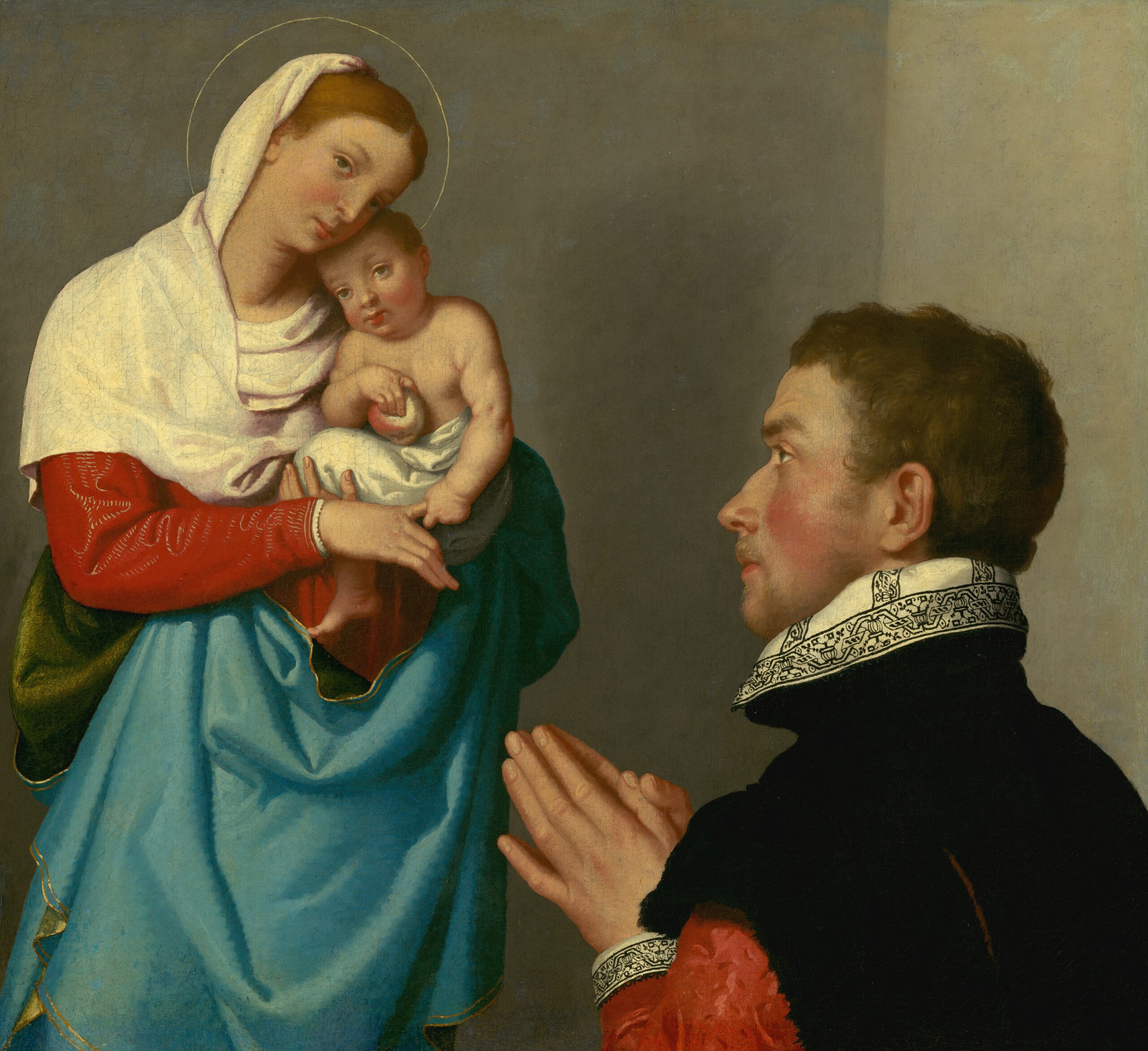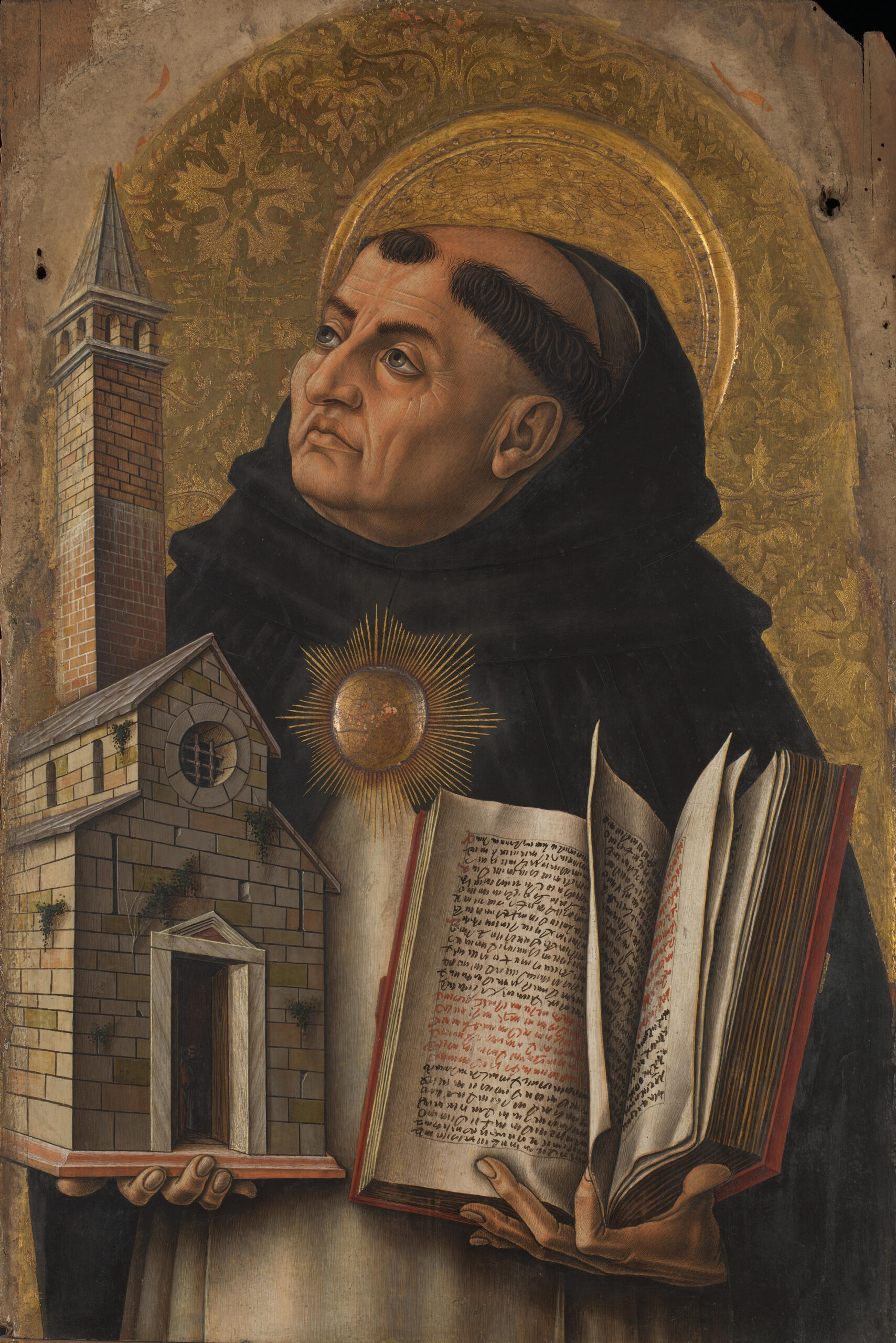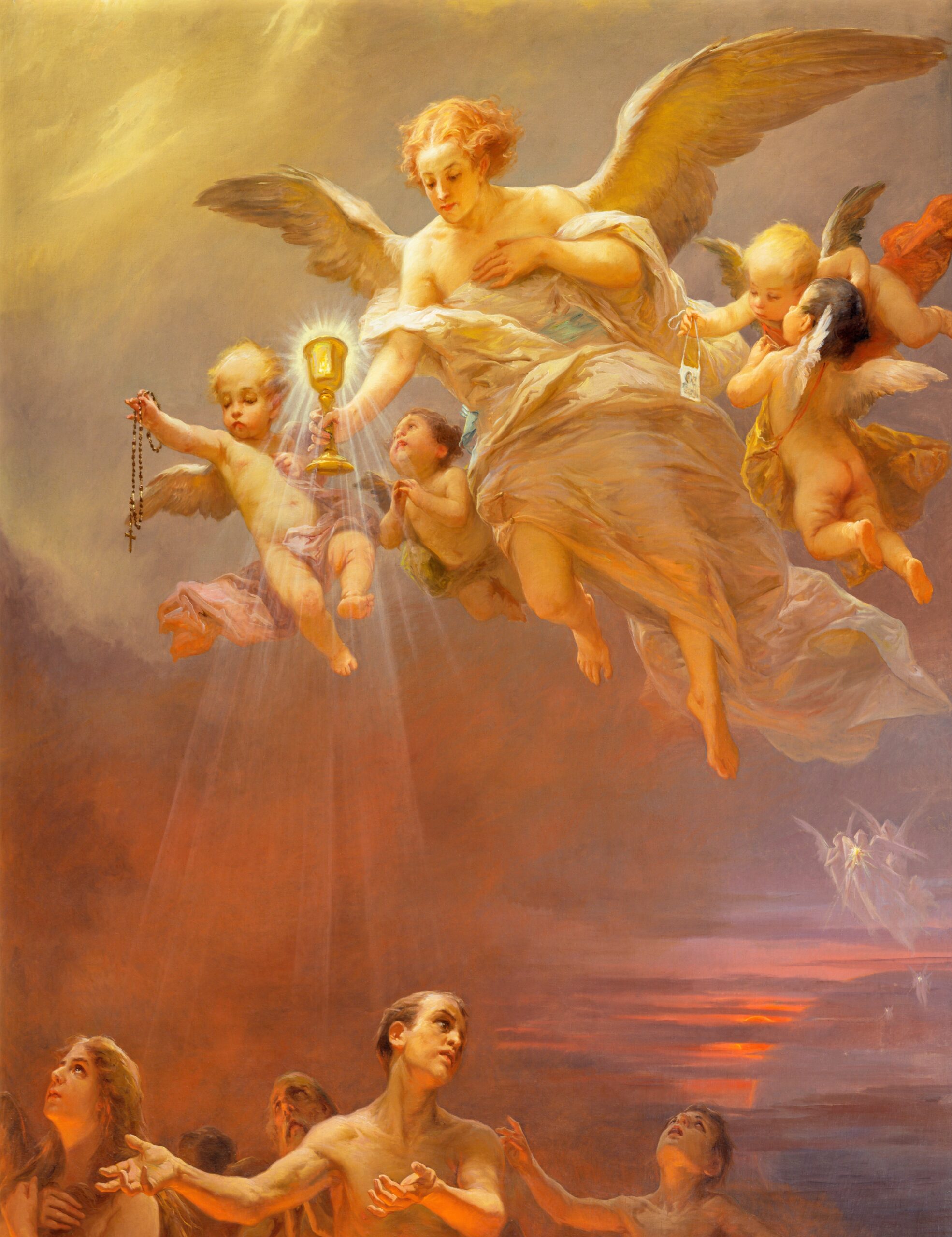What does it mean to be a martyr in a world without persecution? Drawing on the wisdom of saints and Fathers of the Church, Bishop Athanasius Schneider explores the meaning of white martyrdom—the daily dying to self through love, chastity, and obedience that unites us to Christ as deeply as the shedding of blood.
The Spirit of Martyrdom in Daily Life
One can have the spirit of martyrdom in confessing God heroically and living according to His commandments, as Clement of Alexandria, a Christian author from the beginning of the third century, said: “If the confession to God is martyrdom, each soul which has lived purely in the knowledge of God, which has obeyed the commandments, is a witness both by life and word, in whatever way it may be released from the body—shedding faith as blood along its whole life till its departure,” and furthermore, “We call martyrdom perfection, not because the man comes to the end of his life as others, but because he has exhibited the perfect work of love” (Strom. 4.4). St. Augustine likewise said, “Let no one say: I cannot be a martyr, because there is now no persecution. Trials are never lacking. The battle and the crown are prepared. The Christian soul is tried, and, with the help of God, it conquers and wins a great victory; this it does enclosed in the body, with no one as its witness. It fights in its heart, it is crowned in its heart, but by Him who sees into the heart” (Sermo de martyribus). Pope St. Gregory the Great said, “Our Redeemer died out of love for us; let us learn to conquer ourselves out of love for him. If we do it perfectly, we not only escape impending punishments but are rewarded with glory in common with the martyrs. This is not a time of persecution, yet our peace also has its martyrdom, because even if we do not submit our necks to the metal sword, still we are putting to death the carnal desires in our hearts with a spiritual sword” (In Ev. hom. 3.4).The same pope explains further, “There are two kinds of martyrdom, one in intention and the other in intention and actuality. Therefore, we can be martyrs even though we are not slain by the sword of persecution. To die at the hands of persecutors is martyrdom that is performed in public; to bear insults, to love one’s enemy, is martyrdom in the hidden depths of the heart” (In Ev. hom. 35.7).
The Birth of White Martyrdom
When the bloody persecutions came to an end at the beginning of the fourth century, consecrated chastity and virginity were considered as a continuation or a kind of substitution of the bloody, red martyrdom, since consecrated chastity was the expression of a total surrender to the Lord through the virtue of charity, and martyrdom was the highest expression of charity, the ultimate imitation of Christ. The life of consecrated chastity or virginity was, therefore, considered as a white martyrdom, being a total expression (in soul and body) of the imitation of Christ. St. Methodius, bishop of Olympus in Asia Minor, himself a martyr (+311), left us an impressive explanation of the spiritual link between martyrdom and virginal life:
[The Lord] announces that the order and holy choir of the virgins shall first enter in company with Him into the rest of the new dispensation, as into a bridal chamber. For they were martyrs, not as bearing the pains of the body for a little moment of time, but as enduring them through all their life, not shrinking from truly wrestling in an Olympian contest for the prize of chastity; but resisting the fierce torments of pleasures and fears and griefs, and the other evils of the iniquity of men, they first of all carry off the prize, taking their place in the higher rank of those who receive the promise. (Symp. 7.3)
The Daily Martyrdom of the Saints
About St. Anthony the Great, the father of the monastic life, St. Athanasius wrote, “When at last the persecution ceased, and the blessed Bishop Peter had borne his testimony, Antony departed, and again withdrew to his cell, and was there daily a martyr to his conscience, and contending in the conflicts of faith” (Vita Antonii 47). On the day she pronounced her religious vows, St. Therese of the Child Jesus wrote, “Jesus, let me die for You, a martyr; grant me martyrdom of soul or of body, or better still, grant me both!” (The Story of a Soul, chap. 8). St. Therese of the Child Jesus left us one of the deepest thoughts about the true meaning of martyrdom, which consists in the perfect love for Jesus Christ and the desire for an ultimate conformity to Him:
To be a martyr is what I long for most of all. Martyrdom! I dreamed of it when I was young, and the dream has grown up with me in my little cell in Carmel. I am just as foolish about this because I do not desire any one kind of torture; I would be satisfied only with them all. I want to be scourged and crucified like You, my Spouse; flayed alive like St. Bartholomew; thrown into boiling oil like St. John; and ground by the teeth of wild beasts like St. Ignatius of Antioch, so that I might become bread worthy of God. Like St. Agnes and St. Cecilia, I want to offer my neck to the executioner’s sword, and like Joan of Arc, murmur the name of Jesus at the burning stake. My heart thrills at the thought of the undreamed-of torments which will be the lot of Christians in the time of Anti-Christ! I want them all to be my lot! Open the Book of Life, my Jesus; see all the deeds recorded of the Saints! All these I want to perform for You! (The Story of a Soul, chap. 11)
Yet neither the bloody (red) nor the bloodless (white) martyrdom has any value if it is not motivated and performed by the virtue of love, as St. Therese observed: “Were this love to fail, martyrs would refuse to shed their blood” (The Story of a Soul, chap. 11).
ooo
This article is taken from a chapter in No Greater Love by Bishop Athanasius Schneider which is available from TAN Books.









